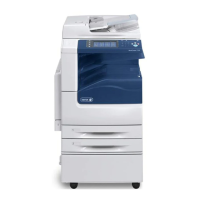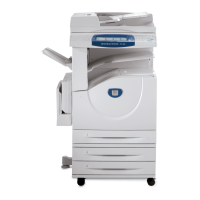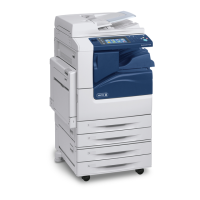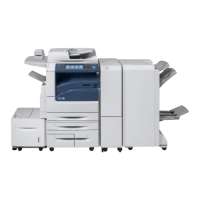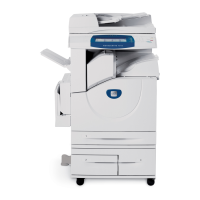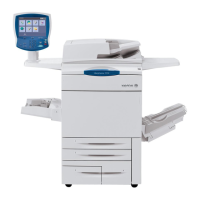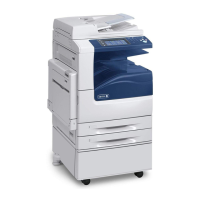Time (in milliseconds)
Event
O
......
---,...--.-----------Card
reader
receives
valid
read order and
reader
is in "busy
automatic"
state.
10
20
30
40
50
60
70
80
90
100
110
120
130
140
B
I------ii;---------
Column 1
arrives
at
read
station.
Mode
change
(EBCDIC to binary) will
occur
at
this time if rows 1 and 2
are
punched.
C
Column 80
arrives
at
read
station.
End
of card
is
detected;
card
reader
signals
"channel
end"
to
controlling
system.
Card
reader
returns to
"ready"
condition
(a new
510
can
be
accepted
if no
in-
terrupt
is
pending) unless
the
controlling
system
specifies
command
chaining,
in
which
case
the
reader
requests a new read
order.
150
+---+---------
Card
advances
from read
station
to
stacker
station.
New feed
cycle
begins
at
this time
if
new
valid
order
is present and
reader
is
still in
the
"automatic"
mode.
160+--''-------------
Card
is
stacked
in
preselected
stacker
or in error
stacker
(alternate
2).
Notes
®
®
©
If
the
feed
cycle
begins
while
the previous
card
is
being stacked, a
stacker
transport jam occurring in this time
interval
causes the
reader
to
stop
the
transport motor, switch to
"not
operational",
light the
FAULT
indicator,
and signal "unusual
end"
to
the
controlling
system.
Feed
cycle
(approximately
43 milliseconds).
The
data
bytes
are
transmitted,
with
respect
to
the
col
umn
read time (approx imately 1.34
mi
II
iseconds), as follows:
odd column even column odd column
Column
read
pu
Ises
EBCDIC mode:
Binary mode:
transmit one
byte
for
each
col
umn
Transmit rows
12-
5
J
Save rows
6-9
l Transmit rows
2-9
Transmit rows 12-1 plus rows
6-9
of previous column
@
If
stacker
jam occurs
after
new feed
cycle
begins,
action
during this
interval
is
identical
to
note
A.
If
stacker
jam occurs before new
feed
cycle
begins,
reader
turns off transport motor, switches
to
"not
operational"
state,
and lights
FAUL
T
indicator
("unusual
end"
is not
signaled
in this
case).
Figure
4.
Card Reader Event Times (Model 7120)
12 Programming Considerations

